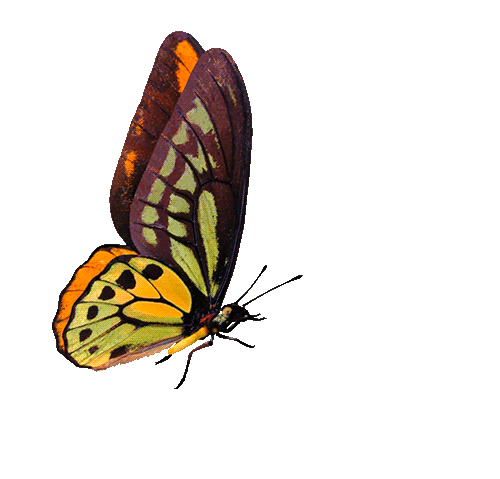top of page

Name
Dandelion
Latin
Taraxacum
Secret Meaning
Faithfulness

Alternative Names:
blowball, cankerwort, doon-head-clock, witch's gowan, milk witch, lion's-tooth, yellow-gowan, Irish daisy, monks-head, priest's-crown, and puff-ball; other common names include faceclock, pee-a-bed, wet-a-bed, swine's snout, white endive, and wild endive.
Facts & Folkore:
Dandelions are native to Eurasia and North America, and two species, T. officinale and T. erythrospermum, are found as commonplace wild flowers worldwide!
The common name "dandelion" is from French dent-de-lion, meaning "lion's tooth", referring to the coarsely toothed leaves. The plant is also known as blowball, cankerwort, doon-head-clock, witch's gowan, milk witch, lion's-tooth, yellow-gowan, Irish daisy, monks-head, priest's-crown, and puff-ball; other common names include faceclock, pee-a-bed, wet-a-bed, swine's snout, white endive, and wild endive.
Being photosensitive, dandelions bloom with the Sun in the morning and close with sunset in the evening. Similarly, when the conditions are gloomy, they appear quite dull.
Dandelions have been used by humans for food and as an herb for much of recorded history. Every part of the plant is edible, the roots, leaves, and flowers.
The flower petals are used to make dandelion wine; and the ground, roasted roots can be used as a caffeine-free dandelion coffee. Dandelion has also traditionally used to make the traditional British soft drink dandelion and burdock, and is one of the ingredients of a classic root beer.
In Greek mythology, the Minotaur, a half man-half bull demanded the sacrifice of seven Athenian youths and seven maidens, drawn by lots, every seventh year. The brave warrior Theseus was the first to defeat the Minotaur after eating dandelions for 30 days in order to fortify himself for battle.
Click or hover over image.


bottom of page



